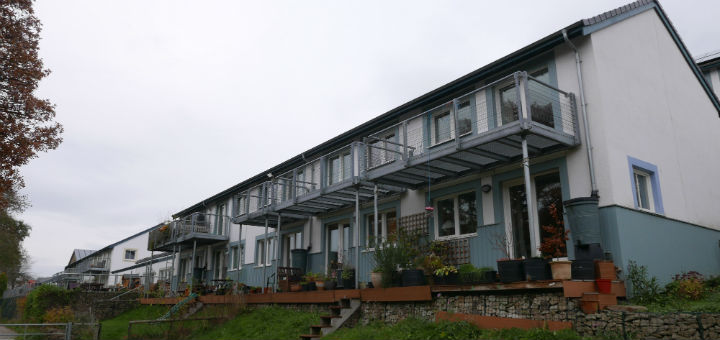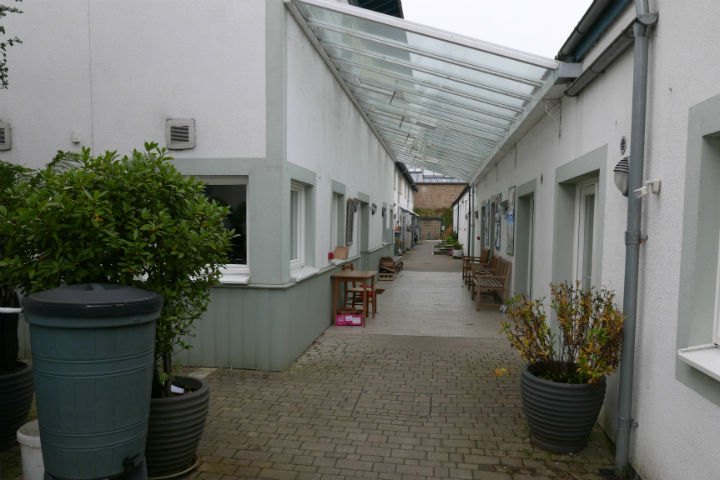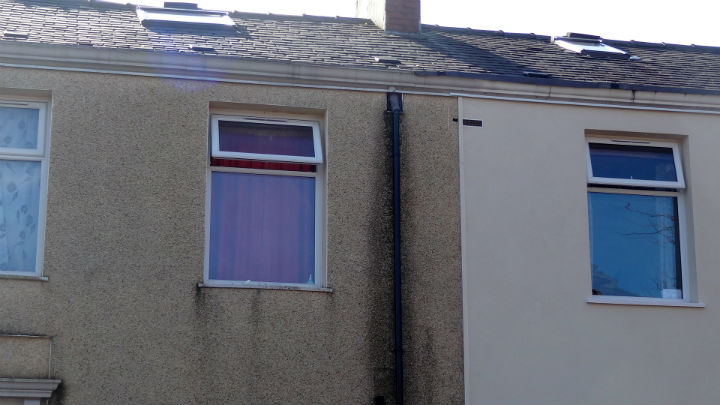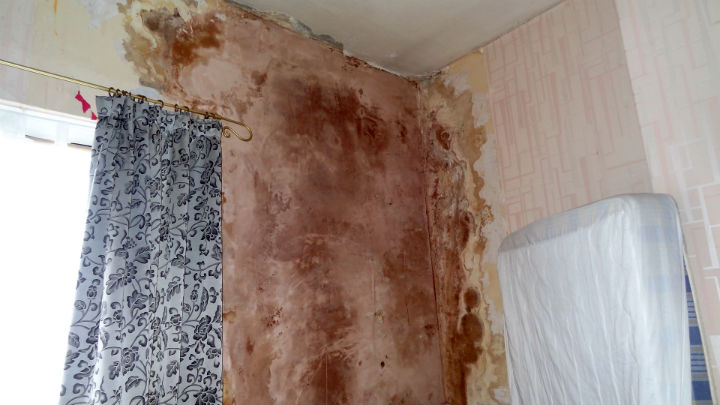Each Home Counts

The striking contrast between two housing developments in the North West shows that lessons in low energy housing must be learnt.
In November I travelled over to see the Lancaster Cohousing scheme which was opening its doors for International Passivhaus Open Days. Still one of the largest Passivhaus schemes in the UK, there are 41 houses nestled on the south facing bank of the River Lune. It’s a remarkable scheme which demonstrates how a community dedicated to low-energy sustainable living can deliver housing on a tricky site.

Lancaster Cohousing, Forgebank Walk, Halton
Listening to the news during my journey over, the Radio 4 Today Programme ran a piece on the state of retrofit in the UK. They reported on the abysmal failure of the Fishwick retrofit scheme in Preston just 25 miles from Lancaster’s cohousing development. I was aware of the problems in Preston after reading Kate de Selincourt’s excellent article in Passive House Plus magazine.
For those unfamiliar with it, the Preston scheme saw external wall insulation installed to 390 homes as part of the government backed Community Energy Saving Programme (CESP). The ill conceived and rushed work was so poorly executed that dampness and mould growth created shocking living conditions for many occupants and the botched project is costing millions to rectify.

Fishwick retrofit, Preston. Image courtesy of Kate de Selincourt.
Low energy design and construction takes time and costs money, but doing it badly costs a lot more in the long run, and it damages both the occupants’ health and the industry’s reputation.The differences between the Lancaster and Preston schemes are numerous. Design, procurement and construction routes couldn’t have been more dissimilar. However, it is in these differences that we can learn important lessons for our industry. The Passivhaus standard requires a holistic approach to design so that insulation, thermal bridging and ventilation deliver a comfortable internal environment with evidence-based performance. The Preston scheme demonstrated no such holistic approach and it failed to secure performance through construction quality. Even the simple adage, ’No insulation without ventilation’ wasn’t adhered to, leaving the occupants vulnerable to living conditions more akin to a Victorian slum.

Fishwick retrofit, Preston. Image courtesy of Kate de Selincourt.
Low energy design and construction takes time and costs money, but doing it badly costs a lot more in the long run, and it damages both the occupants’ health and the industry’s reputation. Thankfully, the lessons learnt at Preston are being fed into Each Home Counts, the emerging quality standard for retrofit. With luck, this will be a turning point in how energy-saving improvements are delivered.











